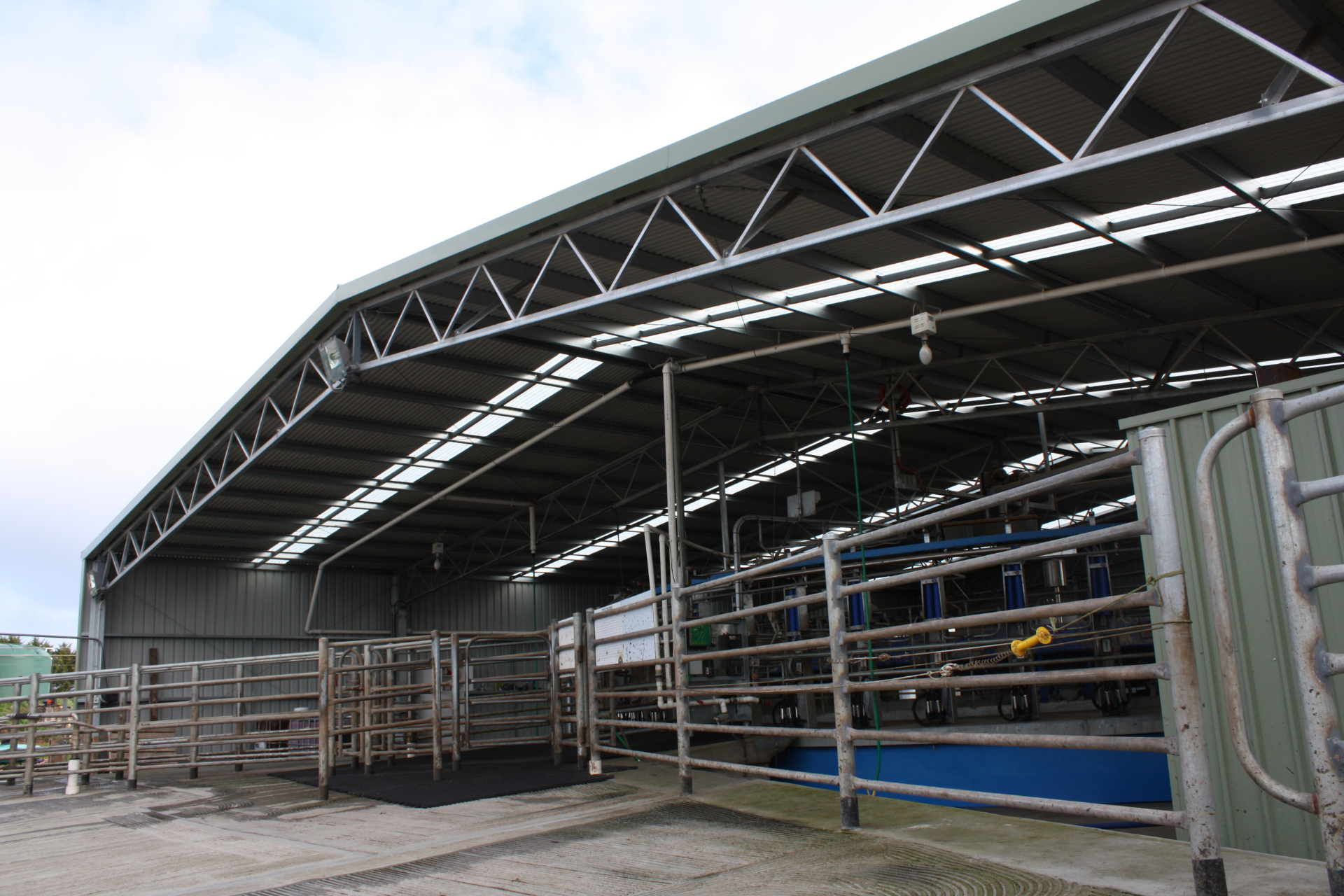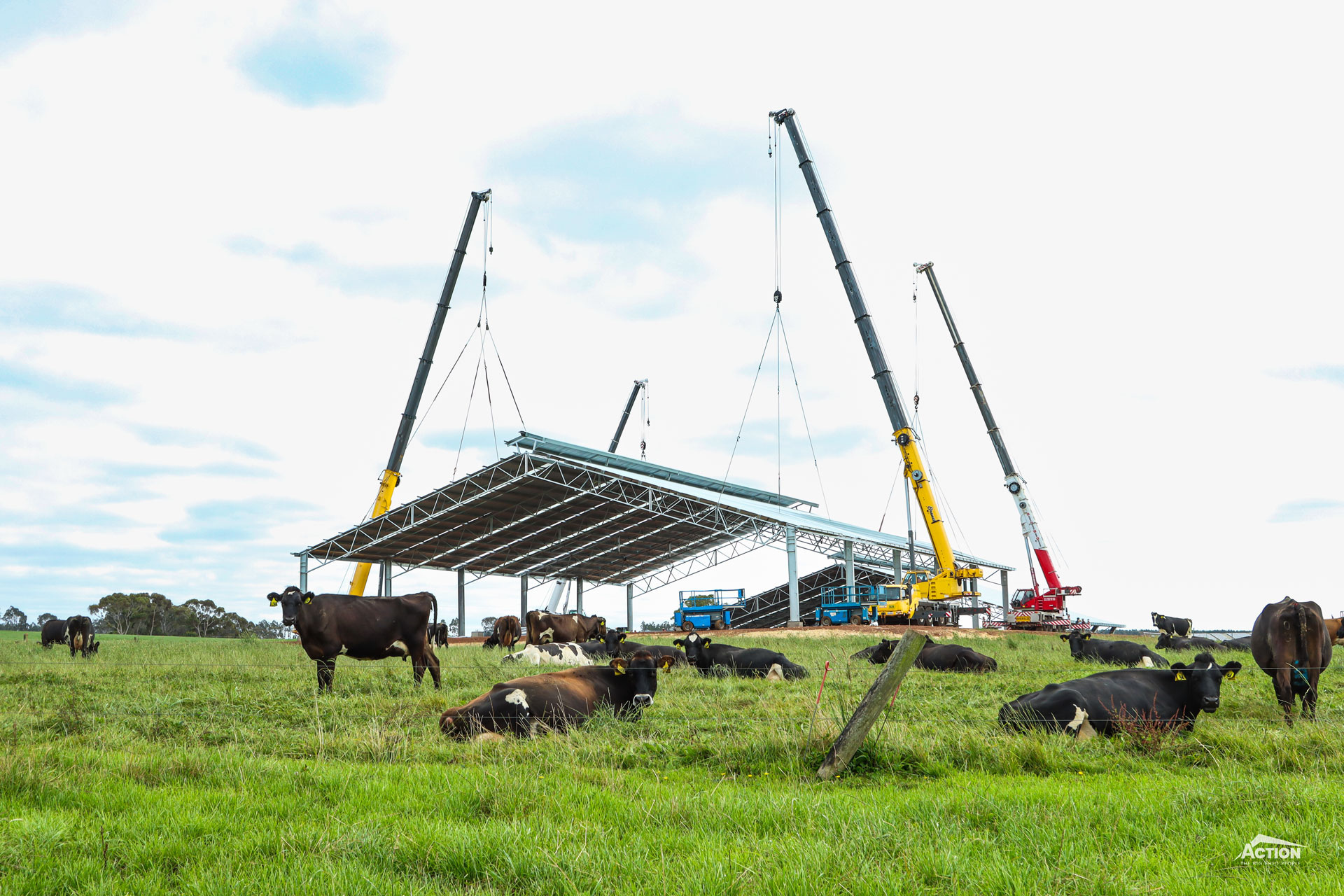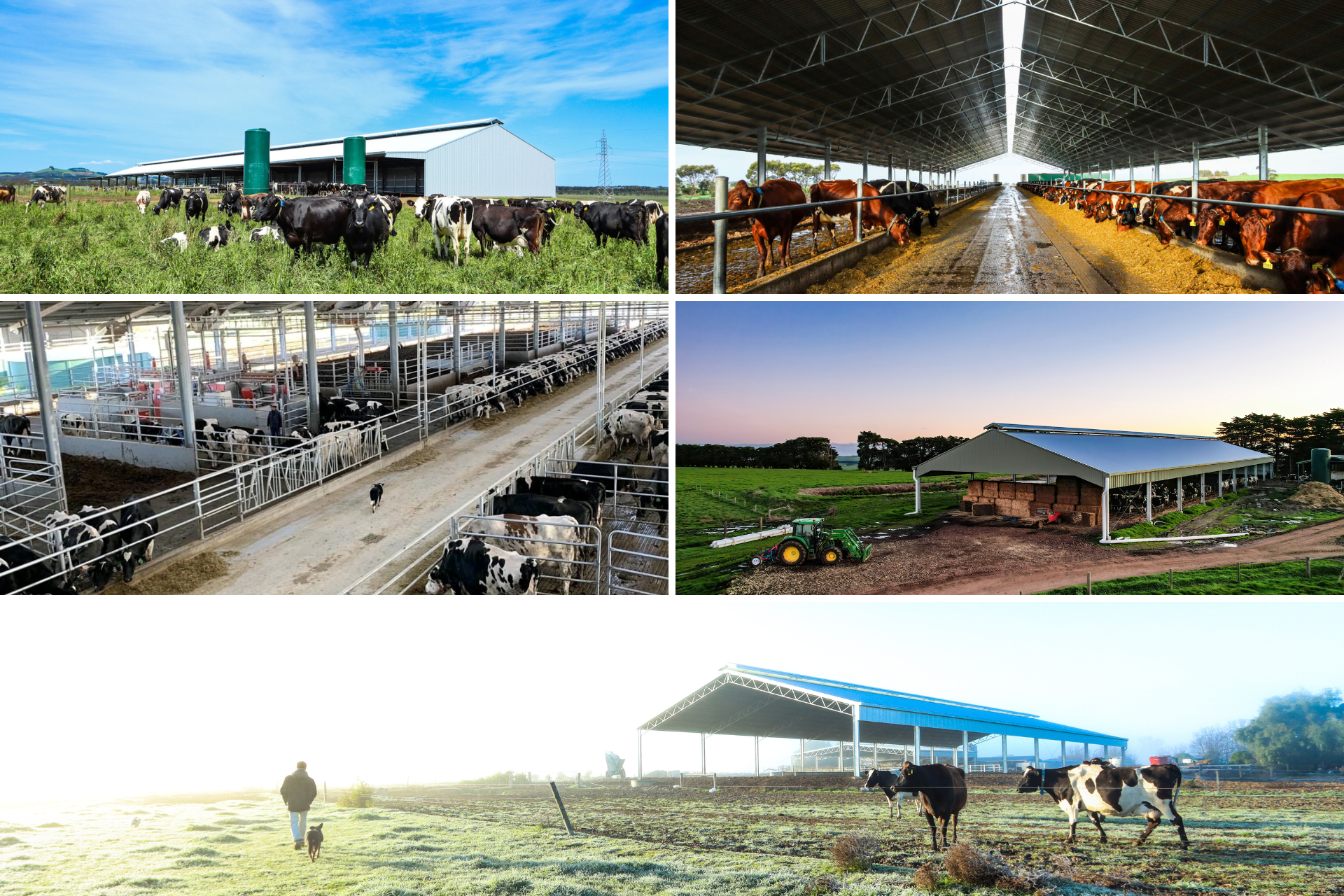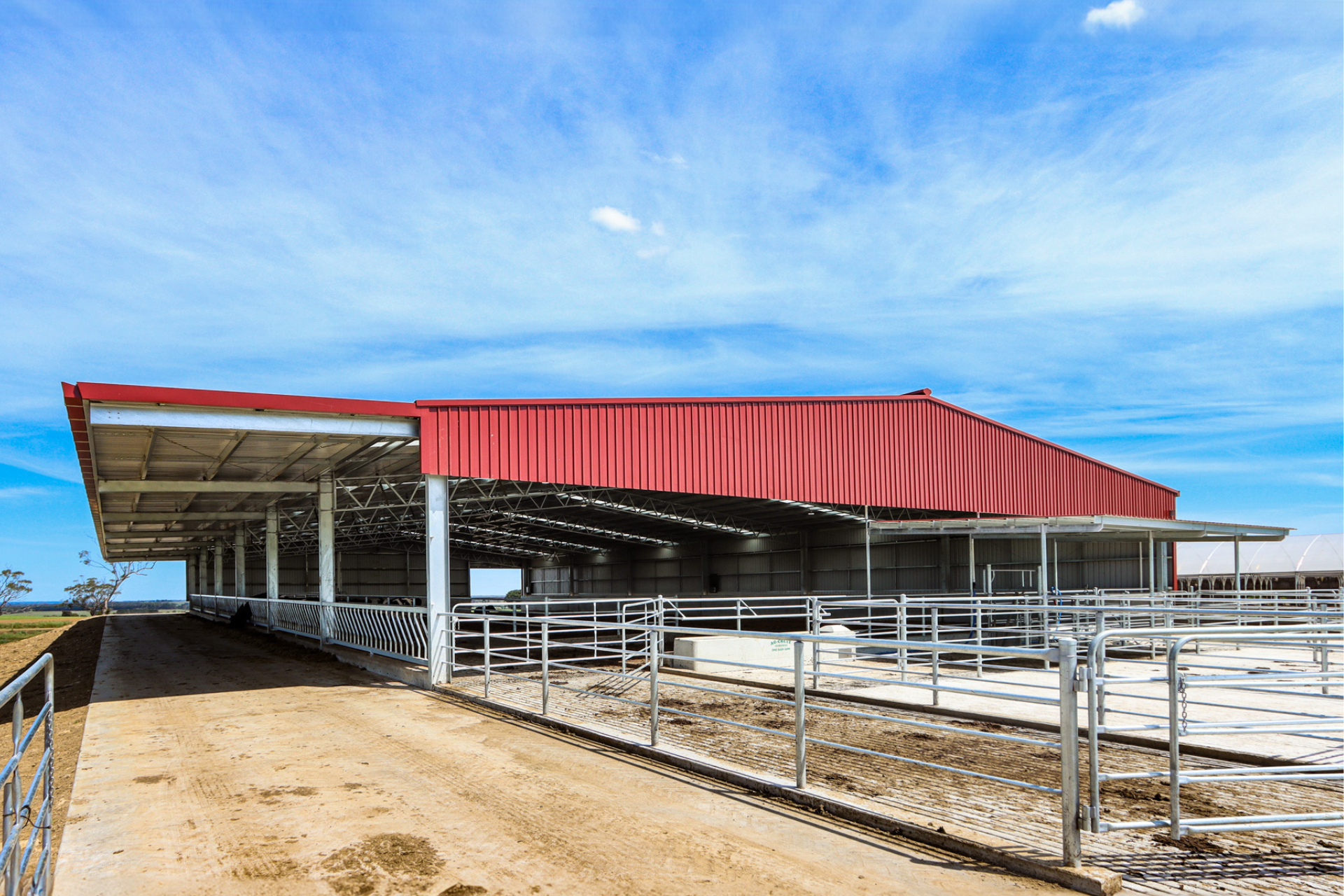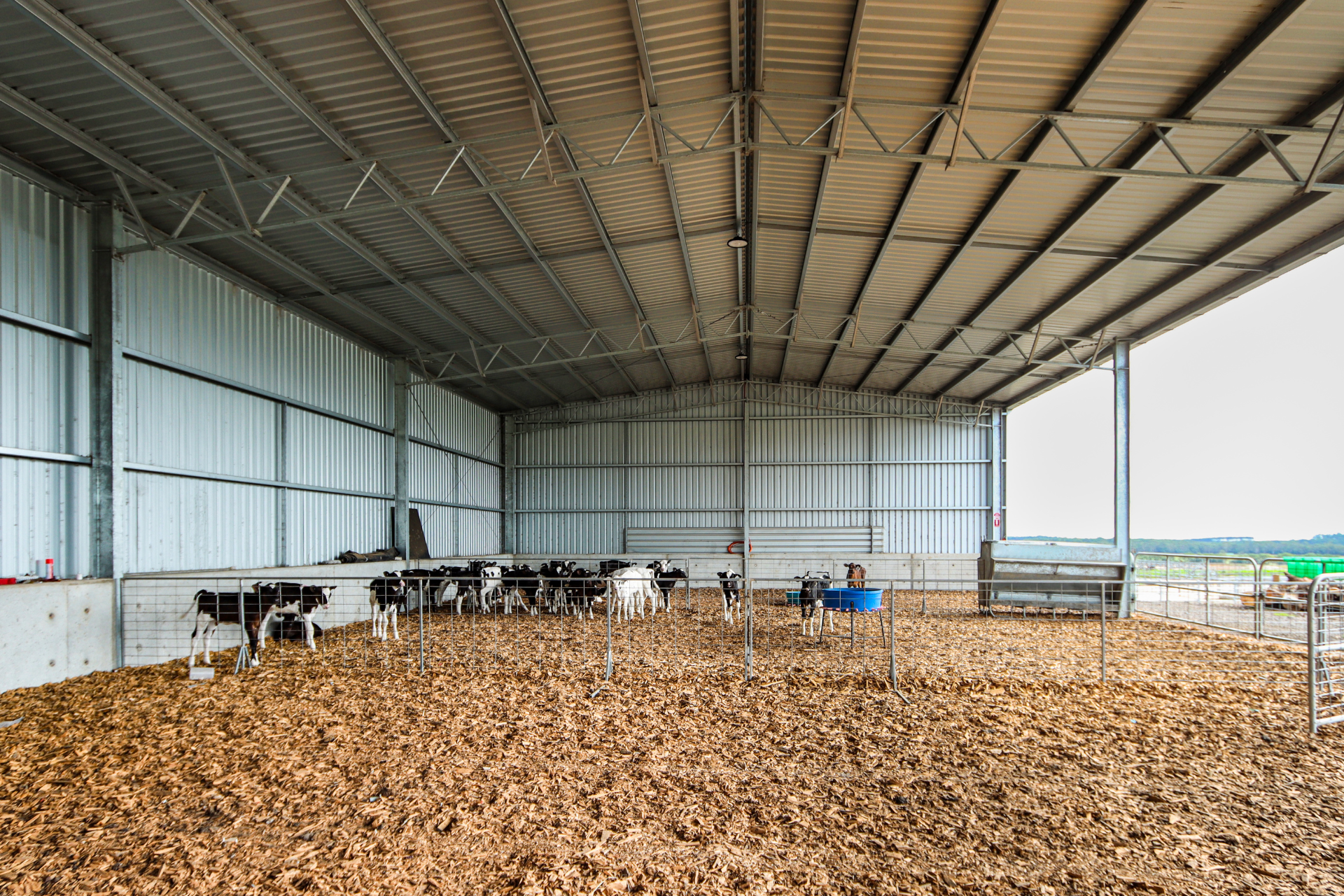If you are in the dairy industry, then you are no doubt familiar with the most common dairy design options; rotary dairies and herringbone dairies. But what exactly is the difference between them? And which design is right for your dairy?
In this blog post, we’ll explore the two designs – rotary dairy vs herringbone dairy – and look at the key differences between these two types of dairies to help you decide which one is best for you.
What is a Rotary Dairy?
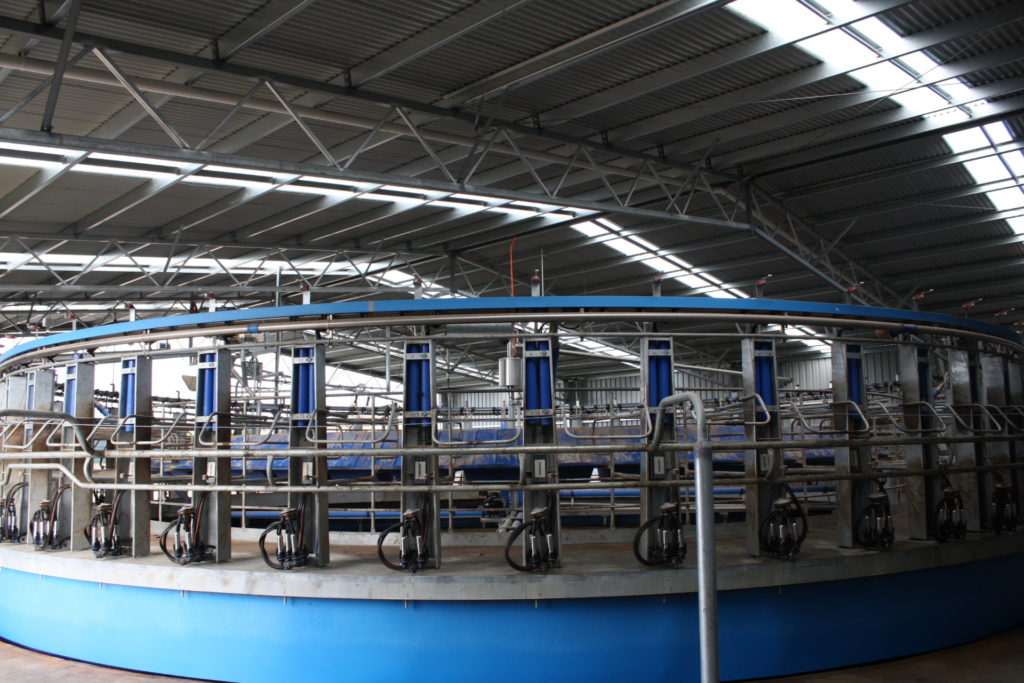
What is a Herringbone Dairy?
A Herringbone Dairy is a type of dairy farm that is characterized by its V-shaped shed layout. The Herringbone dairy design is named after the herringbone pattern that is created by the layout.
The dairy shed is divided into two separate sections, with one side being used for milking and the other side used for housing the cows. The cows can walk directly from their stalls into the milking area, which makes the milking process much more efficient.
This type of dairy farm setup is very popular in Europe and New Zealand, but it is also becoming increasingly common in the United States.
One advantage of the Herringbone Dairy model which makes it so popular, is that it allows for easier cow movement and also provides better ventilation for the cows. As a result, Herringbone Dairies are less likely to experience problems with heat stress – but they can be expensive to build and maintain.
Rotary Dairy vs Herringbone Dairy- How are they different?
It is important to choose a dairy shed design that can withstand the demands of your dairy farm operation and both types of dairies, rotary and herringbone, have their own advantages and disadvantages.
For example, rotary dairies are generally considered to be more efficient than herringbone dairies but they do come with the disadvantage of requiring a higher initial investment. It is important to remember that all decisions like this have an opportunity cost – so while herringbone dairys aren’t as expensive, this benefit may be outweighed by its operational inefficiencies that may mean the design is more expensive to run in the long-term.
Arguably the most significant difference between the two dairy layout designs is the different methods they use to milk the cows. Rotary dairies use a rotating platform to milk cows, while herringbone dairies use a linear system. The advantage of the rotary dairy milking system is that it can milk more cows in a shorter amount of time in comparison to a herringbone dairy. This is why the rotary design is a popular choice for large-scale dairy farms.
The herringbone milking systems also has it is advantages though, particularly when it comes to safety and cow comfort. For example, herringbone dairys are regarded as less likely to injure or stress cows.
So, in summary, rotary dairy sheds are efficient and cost-effective over the long-term particulary for large dairy operations, while herringbone dairy sheds are safe with a relatively low set up cost.
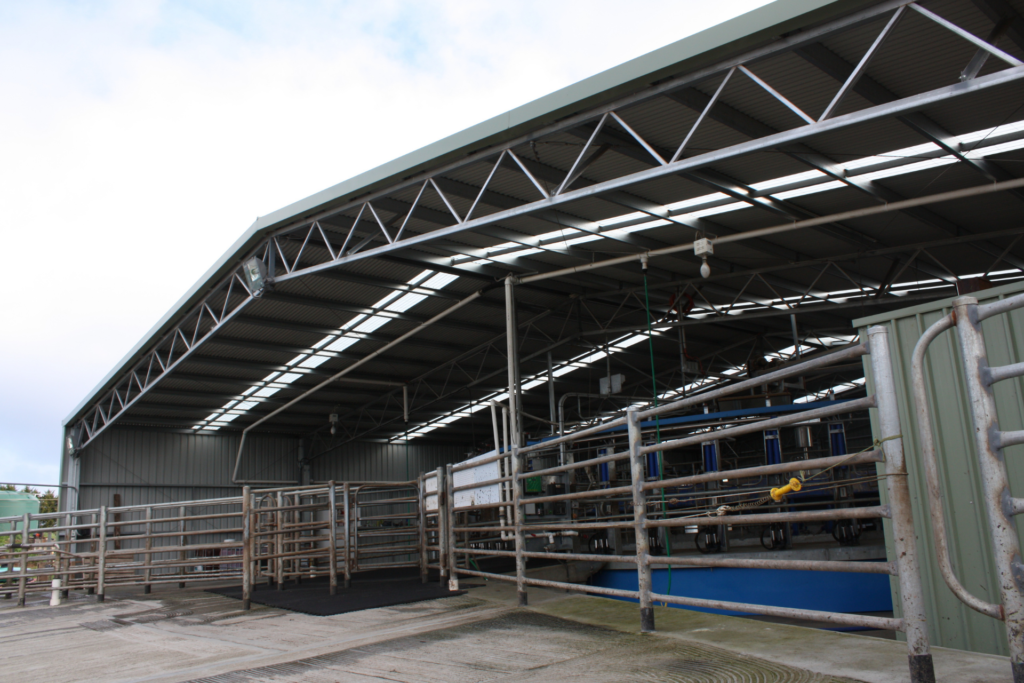
Which dairy design is right for you?
It can be difficult to decide which type of dairy is right for your business.
Rotary dairies are becoming increasingly popular, but herringbone dairies have many advantages that may suit your dairy farm. If you’re not sure which dairy is right for you, talk to one of our building cosultants about capacity and design requirements for your new dairy shed project. They can provide you with more information about our dairy sheds and can refer you to leading dairy fit out suppliers like Greencon to help you decide which one is best for your farm.
DairyNZ also have some helpful resources, some of these are listed below.
Efficient Milking Routines
– Dairy NZ
We hope this discussion on rotary dairy vs herringbone dairy has helped you consider your dairy shed design options and think about which would be a good fit for your dairy.
Browse our Learning Hub for more useful resources, videos and articles like this. One our most popular articles is: What is the difference between pre-gal and hot-dip galvanizing? – and this is also an important consideration for new dairy shed build.
YOUR TRUSTED FARM SHED SUPPLIER
At Action Steel, we specialise in building quality farm sheds designed for livestock and cropping enterprises. Our farm shed range includes dairy sheds, calf sheds and hay sheds.
For dairy shed projects, we partner with leading dairy fit out suppliers to deliver turnkey shed solutions. If you are considering a new dairy shed build, please don’t hesitiate to contact us – we would love to become your trusted farm shed supplier.

